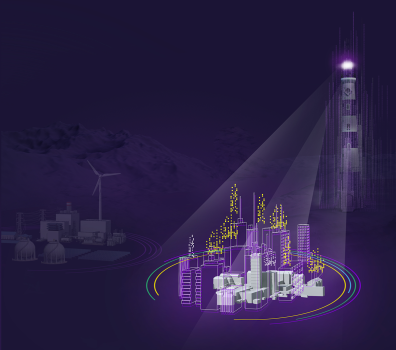In early 2021, Americans living on the East Coast got a sharp lesson on the growing importance of cybersecurity in the energy industry. A ransomware attack hit the company that operates the Colonial Pipeline—the major infrastructure artery that carries almost half of all liquid fuels from the Gulf Coast to the eastern United States. Knowing that at least some of their computer systems had been compromised, and unable to be certain about the extent of their problems, the company was forced to resort to a brute-force solution: shut down the whole pipeline.
The interruption of fuel delivery had huge consequences. Fuel prices immediately spiked. The President of the United States got involved, trying to assure panicked consumers and businesses that fuel would become available soon. Five days and untold millions of dollars in economic damage later, the company paid a $4.4 million ransom and restored its operations.
It would be a mistake to see this incident as the story of a single pipeline. Across the energy sector, more and more of the physical equipment that makes and moves fuel and electricity across the country and around the world relies on digitally controlled, networked equipment. Systems designed and engineered for analogue operations have been retrofitted. The new wave of low-emissions technologies—from solar to wind to combined-cycle turbines—are inherently digital tech, using automated controls to squeeze every efficiency from their respective energy sources.
Meanwhile, the covid-19 crisis has accelerated a separate trend toward remote operation and ever more sophisticated automation. A huge number of workers have moved from reading dials at a plant to reading screens from their couch. Powerful tools to change how power is made and routed can now be altered by anyone who knows how to log in.
Continue reading: https://www.technologyreview.com/2021/09/21/1036050/securing-the-energy-revolution-and-iot-future/
The interruption of fuel delivery had huge consequences. Fuel prices immediately spiked. The President of the United States got involved, trying to assure panicked consumers and businesses that fuel would become available soon. Five days and untold millions of dollars in economic damage later, the company paid a $4.4 million ransom and restored its operations.
It would be a mistake to see this incident as the story of a single pipeline. Across the energy sector, more and more of the physical equipment that makes and moves fuel and electricity across the country and around the world relies on digitally controlled, networked equipment. Systems designed and engineered for analogue operations have been retrofitted. The new wave of low-emissions technologies—from solar to wind to combined-cycle turbines—are inherently digital tech, using automated controls to squeeze every efficiency from their respective energy sources.
Meanwhile, the covid-19 crisis has accelerated a separate trend toward remote operation and ever more sophisticated automation. A huge number of workers have moved from reading dials at a plant to reading screens from their couch. Powerful tools to change how power is made and routed can now be altered by anyone who knows how to log in.
Continue reading: https://www.technologyreview.com/2021/09/21/1036050/securing-the-energy-revolution-and-iot-future/

